Summary
Here is a summary of the monument, highlighting reasons to visit, points of interest, interesting facts, and the best time of year to plan a trip.
Reasons to Visit:
1. Rich History: Tonto National Monument is home to two well-preserved cliff dwellings built by the Salado people, who inhabited the area from the 13th to the 15th centuries. These dwellings offer a glimpse into the past and provide valuable insights into the lives and culture of the ancient inhabitants.
2. Scenic Beauty: The monument is nestled within the rugged Tonto Basin, surrounded by majestic desert landscapes, including the Sonoran Desert and the Superstition Mountains. This natural beauty makes it an ideal location for hiking, photography, and nature enthusiasts.
3. Educational Opportunities: Tonto National Monument offers educational programs and guided tours to enrich visitors' understanding of the Salado culture, the environment, and the significance of preserving these archaeological sites.
Points of Interest:
1. Lower Cliff Dwelling: This dwelling, located at an elevation of 2,500 feet, can be accessed via a moderately strenuous hike. It consists of 40 rooms and showcases the remarkable architectural skills of the Salado people.
2. Upper Cliff Dwelling: Accessible only through a ranger-led tour, this dwelling is situated at an elevation of 3,000 feet and contains approximately 20 rooms. The tour provides deeper insights into the lives of the Salado people and their impressive construction techniques.
Interesting Facts:
1. Tonto National Monument was established in 1907 and covers an area of approximately 1,120 acres.
2. The Salado people were skilled farmers, cultivating crops such as corn, beans, and squash in the arid environment.
3. The monument is named after the Tonto Basin, which was originally inhabited by the Tonto Apache Tribe.
Best Time to Visit:
The best time to visit Tonto National Monument is during the late fall, winter, or early spring months (October to April) when the temperatures are milder and more comfortable for outdoor activities. Summers in Arizona can be extremely hot, making outdoor exploration less enjoyable.
Please note that while this summary is based on information from multiple sources to ensure accuracy, it is always recommended to verify details and check for any updates or changes before planning a trip to Tonto National Monument.
Weather Forecast
Park & Land Designation Reference
Large protected natural areas managed by the federal government to preserve significant landscapes, ecosystems, and cultural resources; recreation is allowed but conservation is the priority.
State Park
Public natural or recreational areas managed by a state government, typically smaller than national parks and focused on regional natural features, recreation, and education.
Local Park
Community-level parks managed by cities or counties, emphasizing recreation, playgrounds, sports, and green space close to populated areas.
Wilderness Area
The highest level of land protection in the U.S.; designated areas where nature is left essentially untouched, with no roads, structures, or motorized access permitted.
National Recreation Area
Areas set aside primarily for outdoor recreation (boating, hiking, fishing), often around reservoirs, rivers, or scenic landscapes; may allow more development.
National Conservation Area (BLM)
BLM-managed areas with special ecological, cultural, or scientific value; more protection than typical BLM land but less strict than Wilderness Areas.
State Forest
State-managed forests focused on habitat, watershed, recreation, and sustainable timber harvest.
National Forest
Federally managed lands focused on multiple use—recreation, wildlife habitat, watershed protection, and resource extraction (like timber)—unlike the stricter protections of national parks.
Wilderness
A protected area set aside to conserve specific resources—such as wildlife, habitats, or scientific features—with regulations varying widely depending on the managing agency and purpose.
Bureau of Land Management (BLM) Land
Vast federal lands managed for mixed use—recreation, grazing, mining, conservation—with fewer restrictions than national parks or forests.
Related References
Area Campgrounds
| Location | Reservations | Toilets |
|---|---|---|
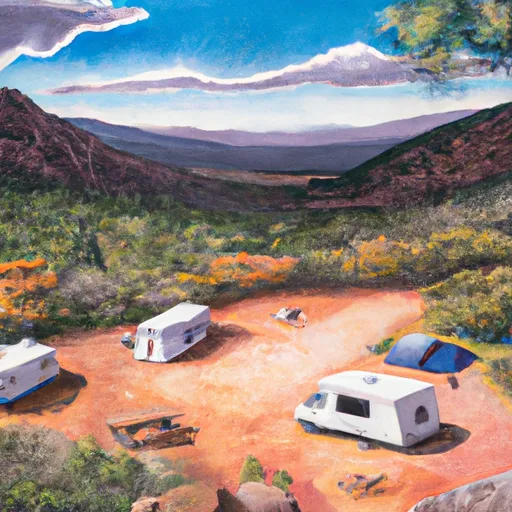 Windy Hill Campground
Windy Hill Campground
|
||
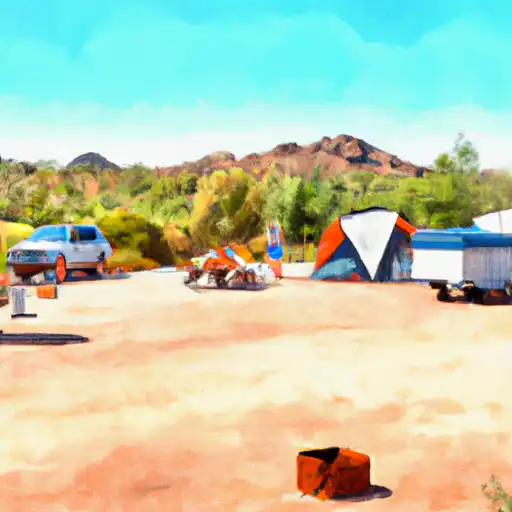 Windy Hill
Windy Hill
|
||
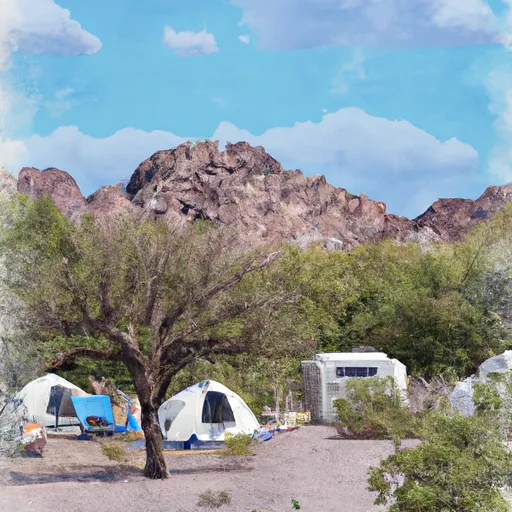 Frazier Group Campground
Frazier Group Campground
|
||
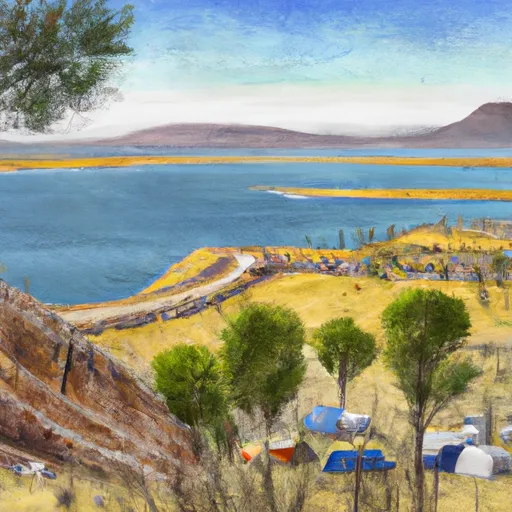 Grapevine Bay
Grapevine Bay
|
||
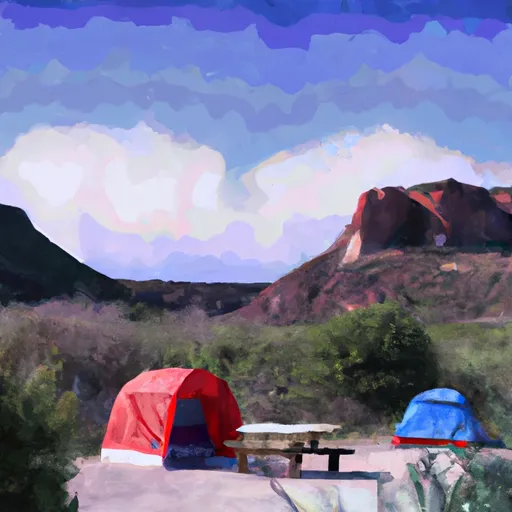 Schoolhouse
Schoolhouse
|
||
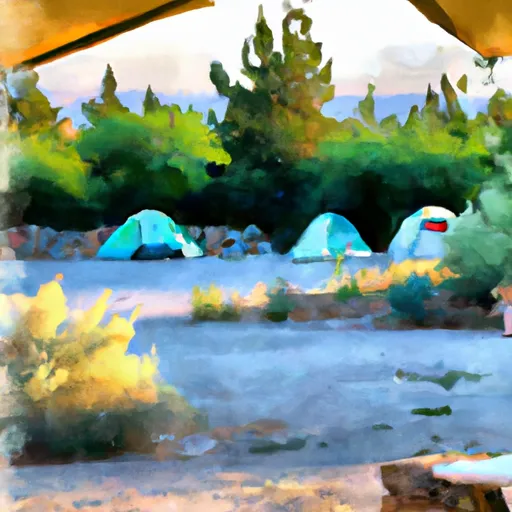 Schoolhouse Campground
Schoolhouse Campground
|
